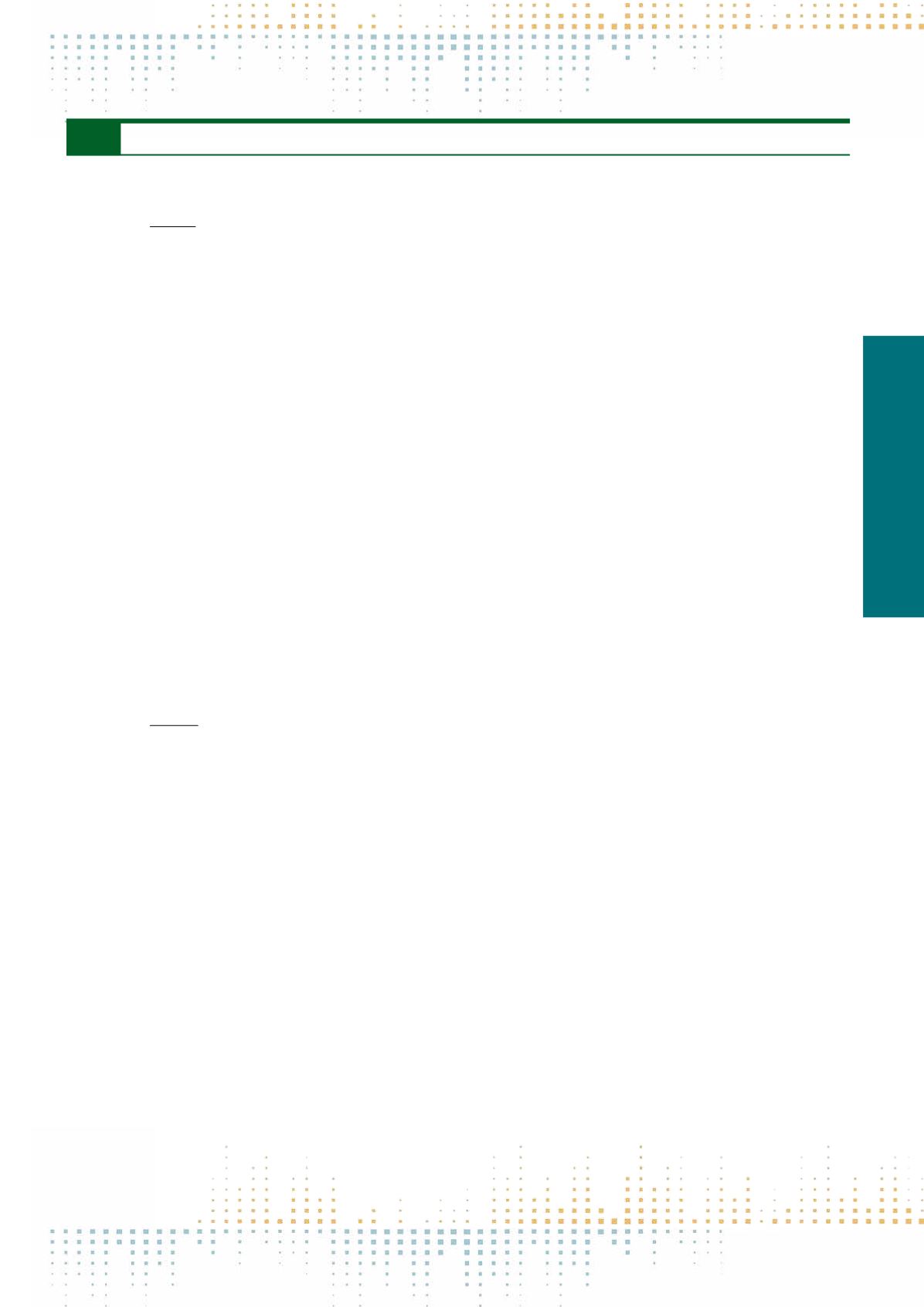

171
Friday, November 11
0 9 : 0 0 – 1 0 : 3 0
CRC05
Global, International, andNational Perspectives on Crisis Communication
PP 341
Public Attention Framing During the #ParisAttacks. Issue Attention Changes in German Speaking News Media and Twitter in a Crisis
Event
J. Wallace
1
1
IPMZ / University of Zurich, Media Change and Innovation, Zurich, Switzerland
On 13
th
November 2015, a series of terror attacks in Paris sparked an international wave of attention in news media and social networks. Under hashtags
such as #ParisAttacks or #prayforParis, many twitter users expressed their opinion while traditional media were quick to cover the event in news articles. As
with any issue of high news value, a variety of frames were asserted, connecting the attacks with the war on ISIS in Syria, European foreign policy or security
issues. In crisis situations, applied frames may serve as a strategy to identify causes and policy reactions and influence society’s perceptions (Papacharissi &
Oliveira 2008). Moreover, the power of traditional media to establish these frames has shown to sideline other interpretations or associations with it (Chong
1993). However, in unpredicted and extraordinary events like the Paris terror attacks a powerful new issue dominates the public agenda, creating a volatile
environment, in which frames are competing for attention. Frames that dominate in the first weeks of a crisis are influencing further public discussions
about the event. Research concerning the agenda-setting between traditional and social media has produced mixed results (Meraz 2009). Traditional news
outlets may no longer act as the only gatekeepers setting the frames; public attention is also framed in large-scale social networks like Twitter, through
an aggregation of user options through decentralized gatekeeping (Shaw 2012). Others suggest a complex interaction between traditional and social
media, in which traditional news media often set the agenda (Russel Neumann et al. 2014) and individuals on social media act as secondary gatekeepers
(Singer 2014). Identifying the different ways in which online news outlets and social media treat high news value events like terror attacks is important
to understand who sets the agenda in the digital age and which frames catch public attention fastest. In the aftermath of the terrorist attacks, which
news frames were established quickest among traditional media and which on Twitter? Which issue frames run from traditional media to social media?
To approach these questions, a Granger time-series regression analysis is conducted to determine the influences between issue attention on Twitter and
traditional media. Starting at the date of the attacks, over 2’800 news articles and 140’000 tweets about the attacks were collected from German-speaking
Twitter accounts and online news outlets over a two-week period. After cleaning the dataset, all news articles and tweets are coded for their origin and
their contained issue frames. The resulting issue attention waves for each coded frame are tested for Granger causality between news outlets and between
traditional and social media. Prior findings suggest a strong interaction from professional news outlets to social media discussions. However, the focus
of social discussions is expected to show different framing and the nature of the event suggests an agenda-setting influence from social media to traditional
media. In comparing the issue attention between news outlets and social media, this paper contributes to better understanding how unpredicted crisis
events unfold in a digital media environment.
PP 342
Communicating Across Continental Divides: An Empirical Examination of the Utility of the IDEA Model for Navigating (Late) Modernity’s
“New Normal” in Global Crisis Communication
D. Sellnow
1
, T. Sellnow
1
, J. Bengt
2
, O. Vigso
2
1
University of Central Florida, Nicholson School of Communication, Orlando, USA
2
University of Gothenburg, Gothenburg, Sweden
Perrow (1984) once warned of an increasingly tight coupling between industry and society that would eliminate the cushion protecting residents from
the impacts of industrial failures.Three decades later, we must now learn to embrace the unstoppable flow of permanent change in navigating crises events
that do, in fact, affect stakeholders across the globe. For example, food production and distribution processes create the potential for spreading food-borne
illness to consumers across continents. These transborder crises give rise to political tensions as governments attempt to create or adapt safety standards
for imports. Multiple stakeholders may be impacted when ingredients from just one major distributor are contaminated. For example, when milk powder
was contaminated with Melamine, it created political tensions worldwide that forever altered the international dairy industry. Thus, this study expands our
understanding of what constitutes effective instructional crisis communication for diverse publics in (late) modernity transborder crises events. We recog‑
nize that ongoing and transparent dialogue is essential during pre-crisis and post-crisis periods. During the acute phase of such crises, however, dialogue
is often violently interrupted by the chaotic (dis)continuities of rapidly escalating danger, which produces feelings of vulnerability and cultural trauma
among diverse stakeholders and groups. Thus, dialogue about potential risks must be replaced with instructional messages for self-protection (Coombs,
2009; Sellnow & Sellnow, 2010). This empirical message testing research project employs the IDEA model (Sellnow & Sellnow, 2015) to design instructional
crisis messages for self-protection during a transborder food contamination event. Although the model has produced encouraging results in many studies
in the United States (e.g., Sellnow, Lane, Littlefield, et al., 2015), relatively little research has examined its utility in various international settings.This study
begins to bridge that divide by developing and testing an instructional crisis message regarding food contamination on audiences from the United States
and Sweden. Specifically, we conducted a large scale experiment in Sweden using the IDEA model and then performed a comparative analysis of those
results with a similar experiment conducted in the US. Ultimately, these results extend our understanding of best practices for effective instructional crisis
messages across international boundaries and the validity and reliability of the IDEA model as a framework for designing them. References Coombs, T.



















